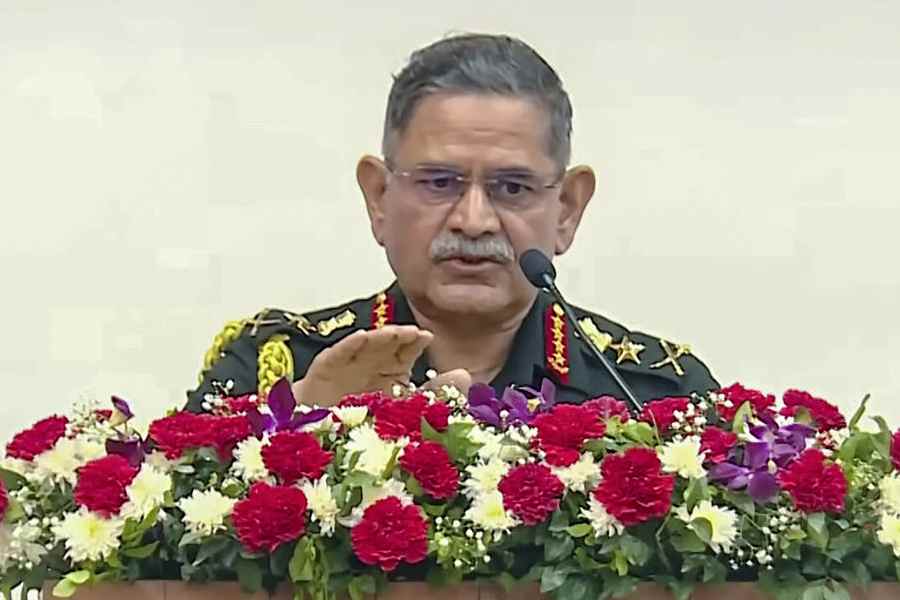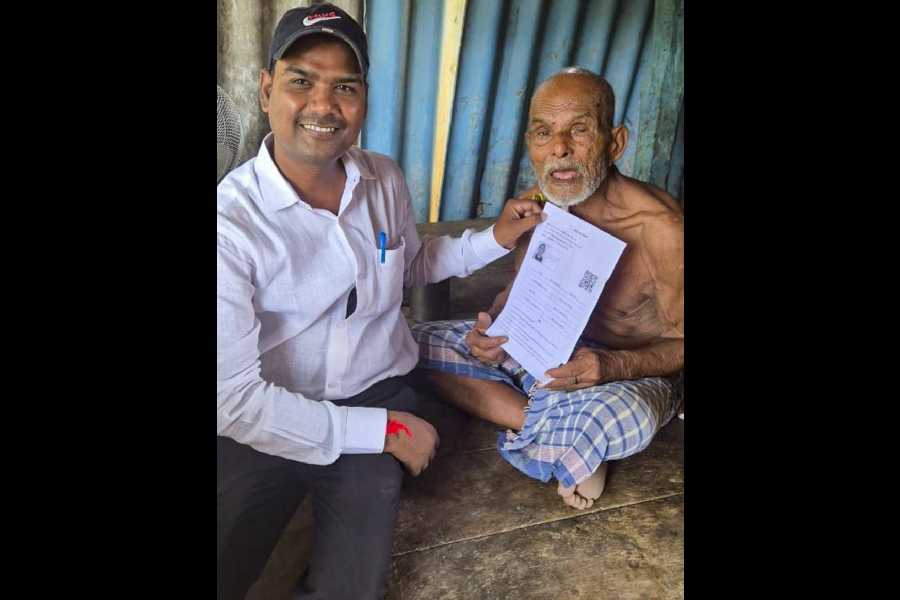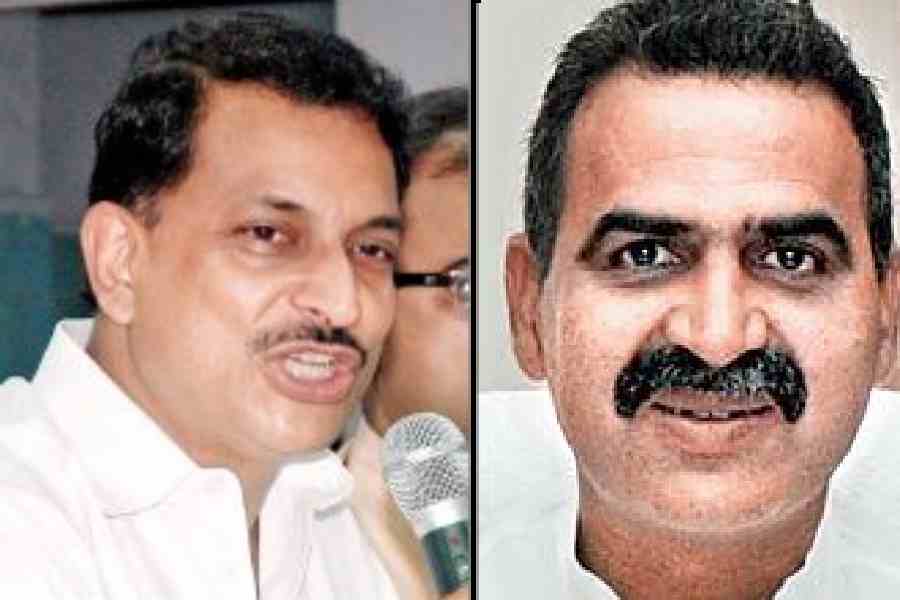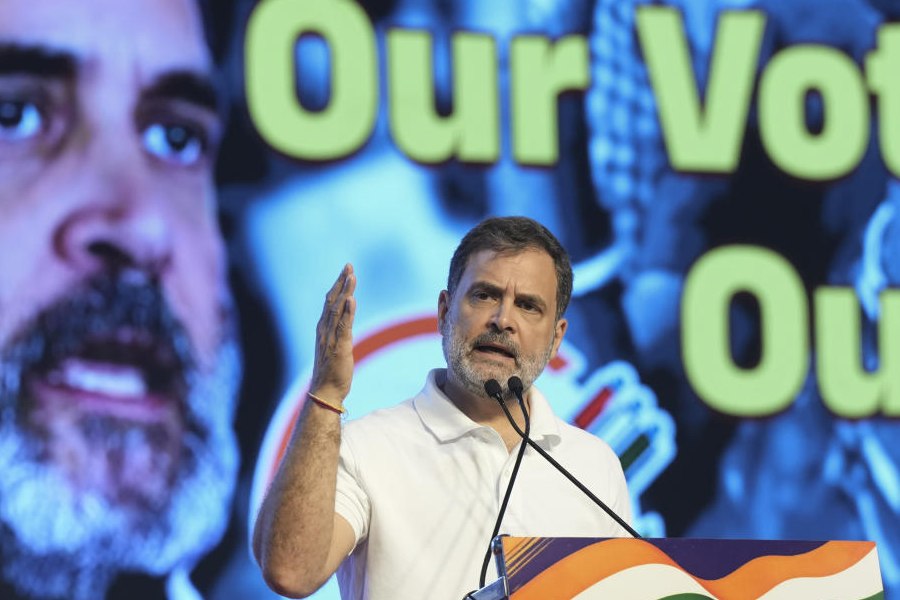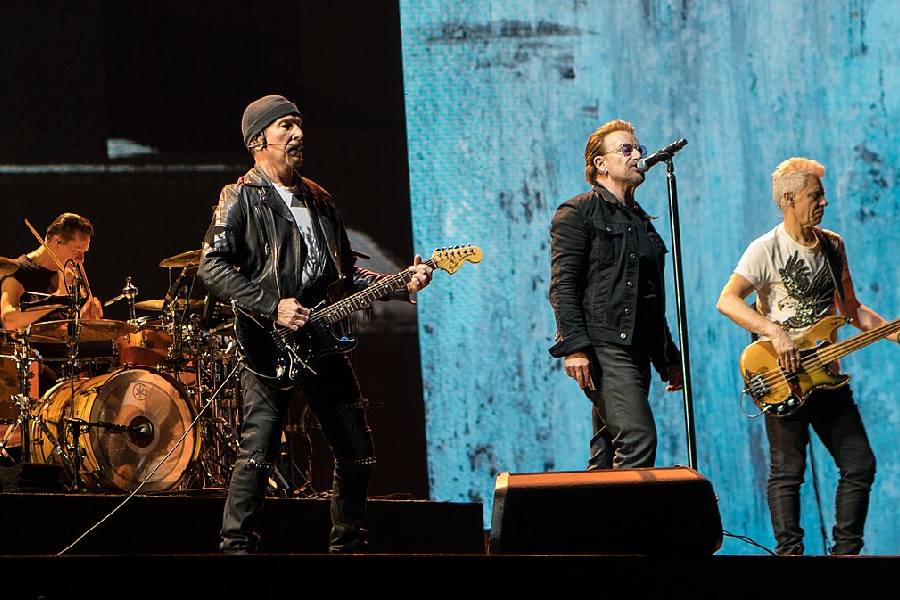 |
| best buys: Under the present drug control policy, nobody is the wiser |
Nirmala Devi is not one of those who show up on your regular consumer surveys. She doesn?t frequent shopping malls, nor does she have any brand preferences. But she?s a consumer nonetheless. What then does she shop for? Nirmala, who is a patient of cervical cancer ? the commonest form of the dreaded disease in Indian women ? picks up her medicines every few weeks from the drug stores close to the Nilratan Sircar Medical College. And that?s when she is hit the hardest as a consumer. Because, drug prices, owing to years of government mismanagement, changing price control measures and lack of information, have turned into a grey area where the buyer is the sufferer.
?It?s a vicious cycle in which the manufacturer-wholesaler-retailer work in tandem, and the consumer is left completely at their mercy,? says a senior officer of the Directorate of Drug Control, West Bengal, not wanting to be named.
The effects of this are telling ? for example, some cancer drugs are available only at certain designated shops, or the same drug is sold at varying rates across the city. ?The problem of a lack of standardisation in drug prices is acute in the case of cancer patients,? says Dr Ananda Shankar Banerjee, a fresh graduate out of medical college who has had first-hand experience in handling cancer patients at government hospitals. ?In a large number of cases, cancer is detected at a very late stage where the patient has only a few months of life-span left. And with the terror that follows upon detection of cancer, most families are overwhelmed with coming to terms with the news. Drug prices are last thing on their minds then.?
The National Pharmaceutical Pricing Authority (NPPA) is vested with the job of fixing the prices of controlled bulk drugs for the whole country. But often, companies take advantage of the loopholes in the government net to get their own way with drug prices. For example, the ministry of health and family welfare, after much dilly-dallying, came out with a list of essential drugs for the first time in 1996. The list, containing the names of 279 drugs, had all the medicines required around the country. The list was revised years later and the current one stands at around 400 ? but that too is pending in a Supreme Court case since 2003.
Strangely enough, none of the cancer medicines mentioned in the list figure on the designated roll of the 78 drugs released in the current Drug (Prices Control) Order. The medicines in the order are those over which the government exercises price control. What that means, in effect, is that though the government admits cancer drugs are essential, there is no price control exercised over them.
?The problem in the matter of drugs is unique in that there is no scope for consumer decision available to the buyer,? says P.K. Biswas, of the Drug Information and Dissemination Centre in Calcutta. For every other consumer good, whether that is a bar of soap or edible oil, we have the chance to choose between different brands, but not so in the case of drugs. If the doctor prescribes a particular brand, more often than not, the patient has no choice but to stick to that. ?What it means, in effect, is that though cheaper varieties of the same generic drug ? say a paracetamol ? may be available in the market, we, as consumers are forced to buy the dearer variety. After all, that?s what the doctor ordered,? says Biswas.
Mala Banerjee, president of the Federation of Consumer Associations, West Bengal, is quick in blaming the doctors. ?They prescribe only particular brands depending on the commission they get,? she says. But at the same time, the federation has done nothing to sensitise the consumer to the murky waters of drug prices.
Costs, especially those of cancer drugs, are also affected by competition between manufacturers. ?Companies give incentives ? often in the form of discounts ? to their stockists or wholesalers. This again allows big dealers to cut their prices and sell them at costs which vary across the city,? feels Bipin Mehta, president of the Bengal Chemists and Druggists Association. As a result, standardisation suffers.
But then, for patients like Nirmala, these things hardly matter. All she knows is that every month a major portion of what she earns from selling vegetables goes into paying for her drugs. As the disease eats into her, she has little cause for respite.
LINE OF CONTROL
 |
last say: Drug prices in India are controlled by the Drug (Prices Control) Order (DPCO) issued by the government under the Essential Commodities Act, 1955
facts ’n’ figures: The 1979 DPCO, following the recommendations of the Hathi Committee report of 1974, put 370 drugs under price control
in one swoop: DPCO 1987, following the guidelines of the Kelkar Committee report of 1984 and the Drug Policy of 1986, brought down the number of drugs under price control to 142
further down: With the new Drug Policy of 1994, the 1995 DPCO brought down the number of price-controlled drugs further to 76
on hold: The latest DPCO 2002 plans to bring the number down to a mere 30. But a Supreme Court order has kept the 2002 DPCO on hold till now.


